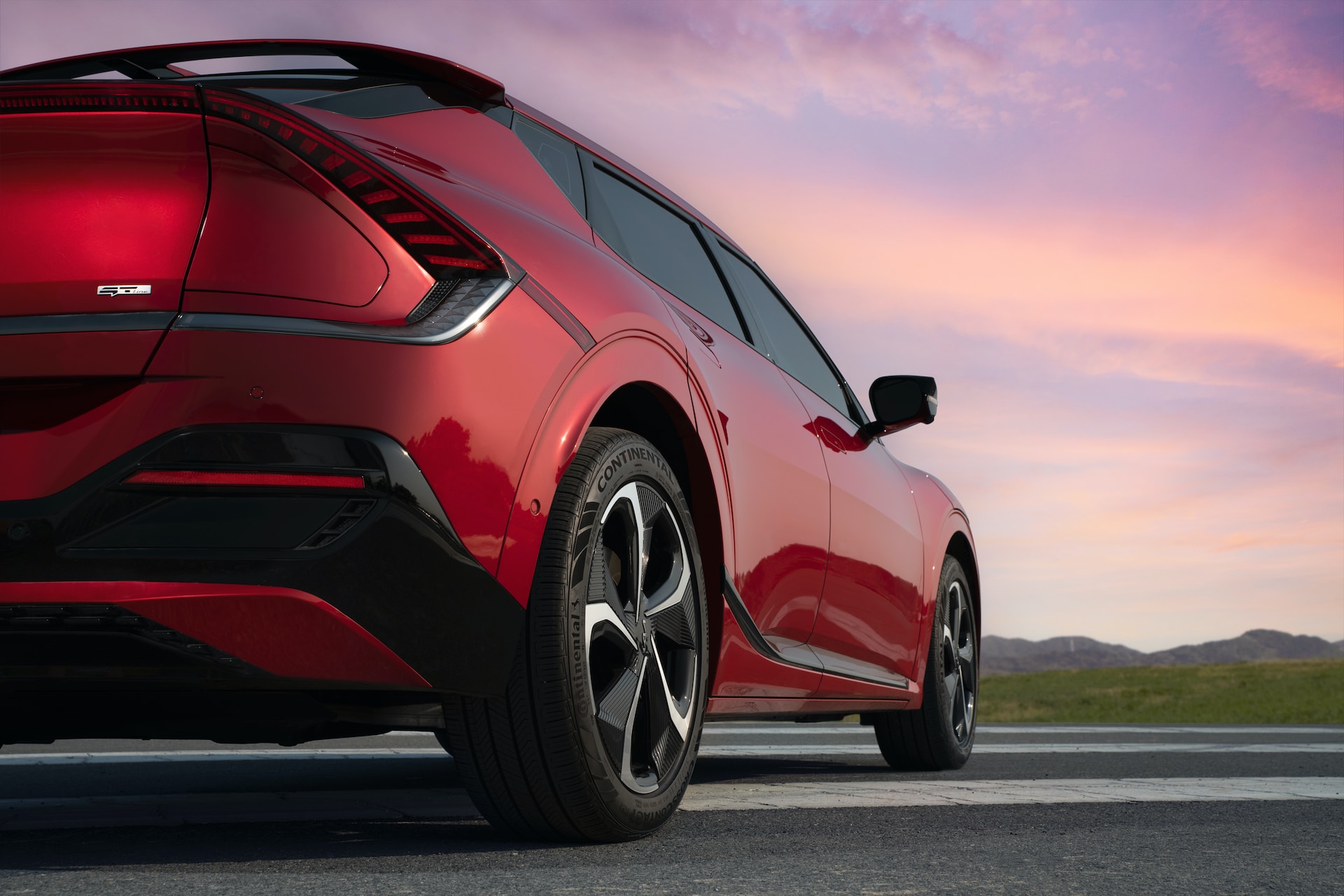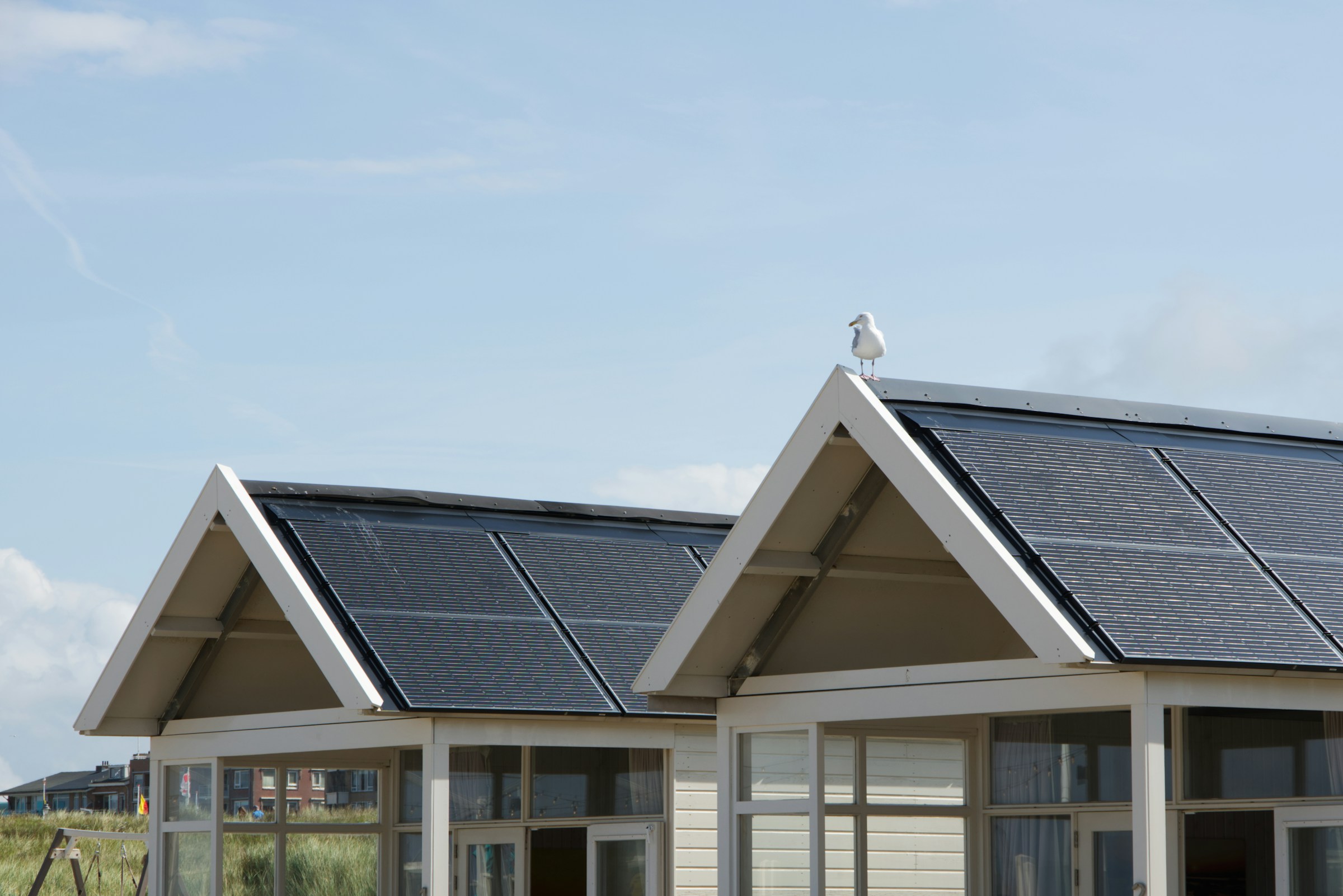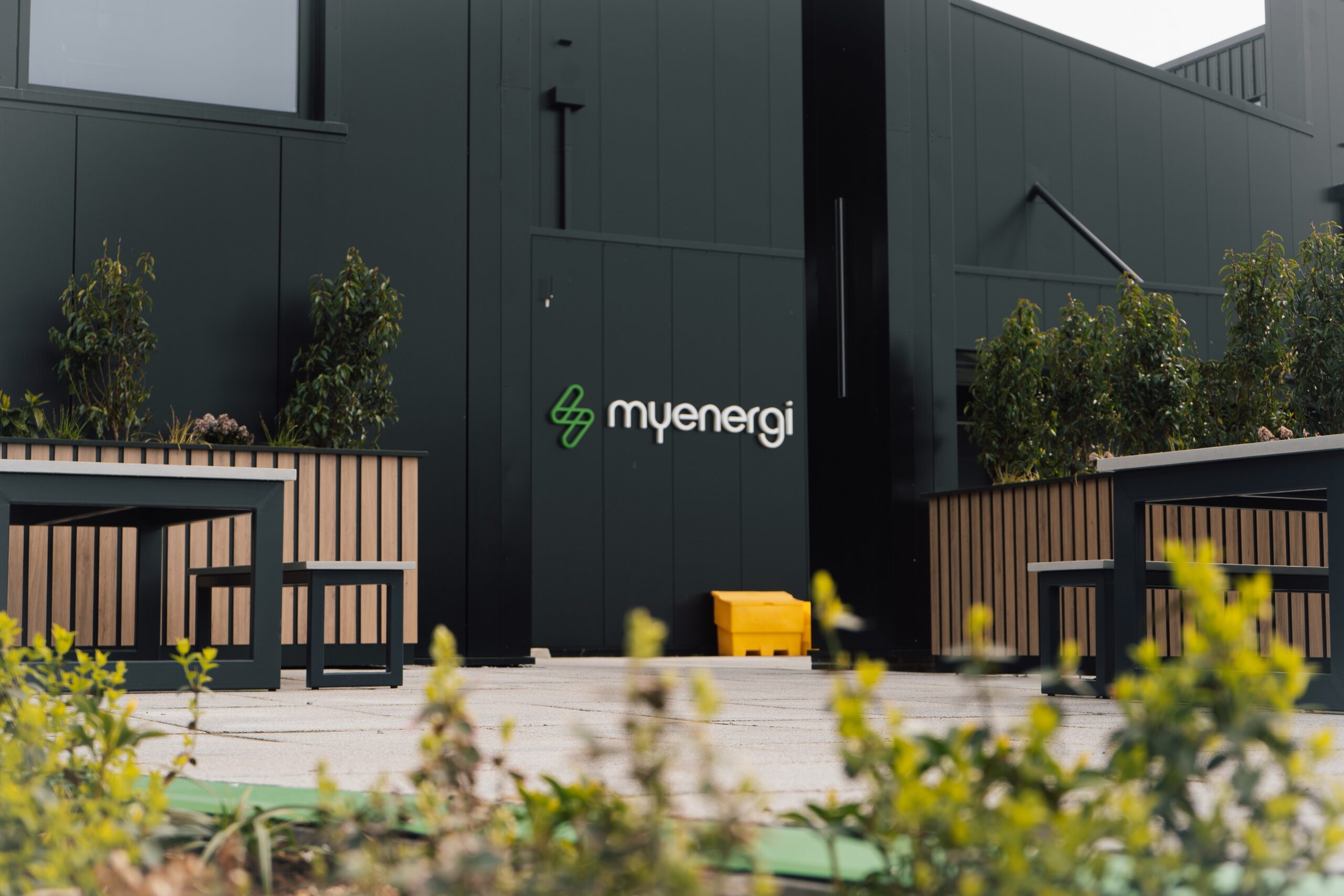According to the results of a new YouGov survey commissioned by the National Franchised Dealers Association (NFDA), consumer acceptance of electric vehicles (EVs) continues to grow. 42% of respondents considered the running cost advantage of EVs a significant benefit, while 36% suggested that environmental credentials were a major selling point.
However, while it’s clear that attitudes are changing, the transition to electrification is still impacted by myths, misconceptions and inaccurate information. For example, 62% of survey respondents still considered EVs far too expensive, while 54% had concerns over battery life and 57% faced reservations over charging infrastructure.
As a result, 60% of those aged over 55 were not interested in buying an EV full stop, while many other demographics would only consider purchasing if prices dropped considerably – a concerning picture indeed for the UK’s transition to electrification.
Overcoming misconceptions
It’s fair to say that these statistics don’t show the whole story and the headline grabbing highlights should be taken with a fairly large pinch of salt. After all, according to the latest vehicle registration data from the Society of Motor Manufacturers and Traders (SMMT),[1] more than 23,000 battery electric vehicles (BEVs) and 8,900 plug-in hybrids (PHEVs) were sold across the UK in October 2023 alone – six times the number of diesel cars (5,261).
To date this year, more than 260,000 BEVs alone have driven off dealer forecourts, with the Tesla Model Y now the fifth most popular new car in the UK. The used EV market is booming too, with second hand sales reaching record levels in Q2 2023 and demand up 80% quarter-on-quarter.[2]
So, is the switch to EVs faltering? If anything, the opposite is true. However, it’s still important to debunk some of the myths that come up time and time again in the new car purchase decision making process.
- EVs are far too expensive
As Europe’s 2035 ban on petrol and diesel new car sales looms ever closer, vehicle manufacturers are quickly diverting R&D spend away from their remaining ICE-powered models and into their next-generation EV line-ups. Mercedes-Benz, Chrysler, Fiat, Peugeot, Citroën, Jaguar, Volvo, Ford, Audi and Volkswagen, for example, have already cut funding for ICE models,[3] while almost every other OEM aims to offer an exclusively electric line-up before 2030.
While you may expect this investment to hit your finances hard, in reality EVs are far more affordable than the anti-electrification crowd would have you believe. After all, according to the latest stats from the Finance & Leasing Association (FLA), more than 90% of all new cars are now bought on finance.
But why is this relevant? Well, an MG ZS electric hatchback would cost £26,000 to purchase outright, compared to £18,000 for the equivalent petrol alternative. While this may indeed seem remarkably high, monthly leasing costs work out as £251.99 and £248.28, respectively, per calendar month.[4] Is the additional £3.71 worth it for lower running costs, significant tax advantages and the added environmental benefits? Well, we think so.
- EV battery life is a cause for concern
Experts suggest that the average electric vehicle battery can last almost 20 years, or 200,000 miles – a significantly longer lifespan than the typical internal combustion engine and far longer than today’s average length of vehicle ownership. What’s more, while battery efficiency will eventually start to drop, the average EV will lose just 2% of accessible range per year – an arguably minor decline.
It might sound obvious, but the latest models have been designed to far outperform their petrol and diesel predecessors. Significant investment has been made by manufacturers into designing ever-more capable vehicles to suit the needs of tomorrow’s drivers.
- The UK has insufficient charging infrastructure
As of October 2023, ZapMap’s national database reported 51,516 operational EV charging points across 30,360 charging locations. Since October 2022, more than 15,800 charge points were added to the UK network at a growth of 45% year-on-year. More than half of these points are registered as either fast, rapid, or ultra-rapid, with installation volumes of the latter increasing 96% annually.[5]
In short, this means that there are now far more charging locations than petrol stations (8,365)[6]. But it’s also worth noting that an estimated 80% of all charging still takes place on the driveway.[7] Sales of smart EV chargers, such as the myenergi zappi, continue to soar – with over 680,000 EV charging devices now installed at homes and workplaces nationwide.[8]
It’s true that charging infrastructure must continue to expand as the transition to electrification accelerates, but is existing infrastructure ‘insufficient’? The numbers, at least, suggest otherwise.
- Limited EV range makes daily driving a cause for concern
With the average driver only commuting 108 miles per week, and some EVs now boasting ranges in excess of 300 miles, range anxiety is fast becoming a term of the past. Granted, the calculation is relatively simplistic and doesn’t take into consideration factors such as the seasonal drop in battery efficiency experienced during the colder winter months, but it does demonstrate that owning an EV is easier, more practical and more affordable than ever before.
Do EVs have a limited range compared to their petrol and diesel counterparts? It’s fair to say that they’re pretty much on par. Should range prevent you from buying an EV? Well, only if your commute is more than 150 miles each way.
Communication is key to debunking myths
So, while scaremongering is commonplace, switching to electric really is the sensible option for motorists. Need a nippy run-around for your trips into town? There’s countless hatchbacks that’ll suit you down to the ground. Need something a little bigger for motorway journeys? You can now pick up an SUV, saloon or estate for a highly cost-effective monthly price. Best of all, zero tailpipe emissions and torque on demand – the perfect balance of performance, practicality and environmentally-friendly motoring.
Communication, therefore, is more important than ever as we accelerate towards an all-EV car parc. While we can bust myths all day long, national perception is clearly different to EV reality. We need to overcome this barrier and ensure drivers are given the facts – after all, with so much misinformation in the market, we can’t expect motorists to make the transition lightly.
For more information about myenergi, or to find out about its latest range of eco-smart home energy tech, visit www.myenergi.com.
ENDS
[1] https://www.smmt.co.uk/vehicle-data/car-registrations/
[2] https://news.sky.com/story/second-hand-electric-vehicle-sales-soar-to-record-levels-12936444
[3] https://www.hotcars.com/car-companies-no-longer-investing-in-ice/#audi-amp-volkswagen
[4] https://www.rac.co.uk/drive/electric-cars/choosing/electric-car-leasing-explained-ev-financing-vs-buying/
[5] https://www.zap-map.com/ev-stats/how-many-charging-points#:~:text=How%20many%20public%20charging%20points,charging%20devices%20since%20October%202022
[6] https://www.statista.com/statistics/312331/number-of-petrol-stations-in-the-united-kingdom-uk/#:~:text=The%20United%20Kingdom%20is%20home,over%2056%20percent%20since%202000.
[7] https://energysavingtrust.org.uk/sites/default/files/23465-EST%2BDFT-Charging%20Electric%20Vehicles%20-%20Best%20Practice%20Guide-WEB.pdf
[8] https://www.zap-map.com/ev-stats/how-many-charging-points#:~:text=How%20many%20public%20charging%20points,charging%20devices%20since%20October%202022








